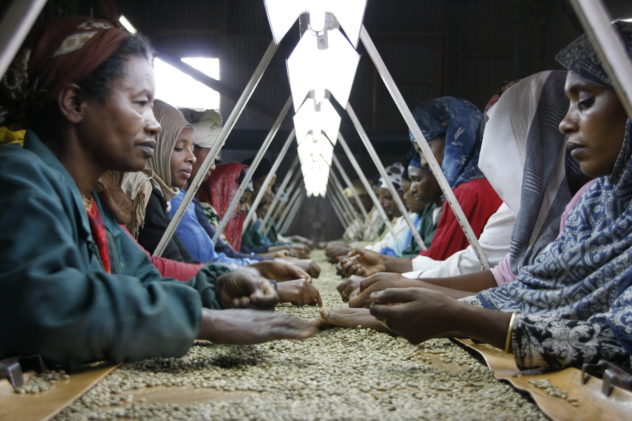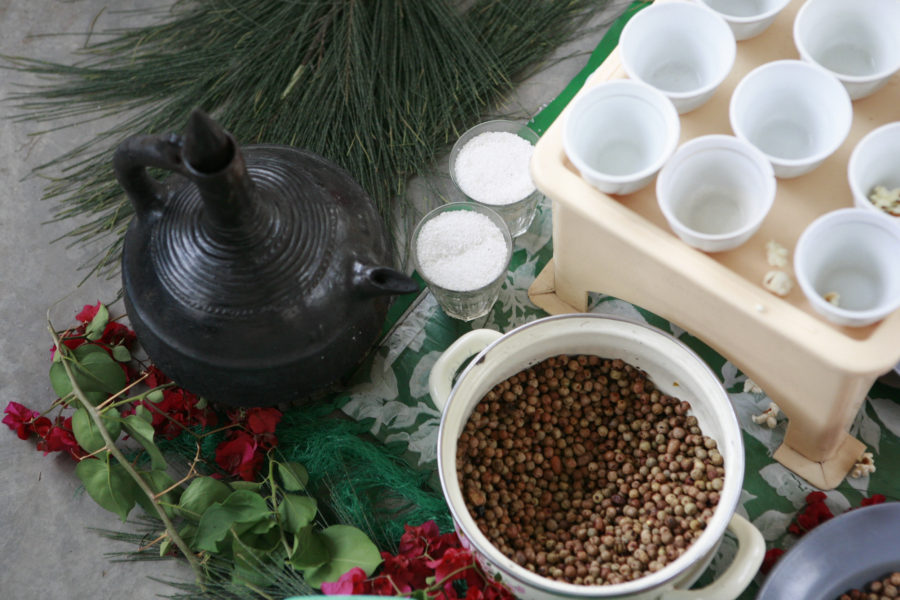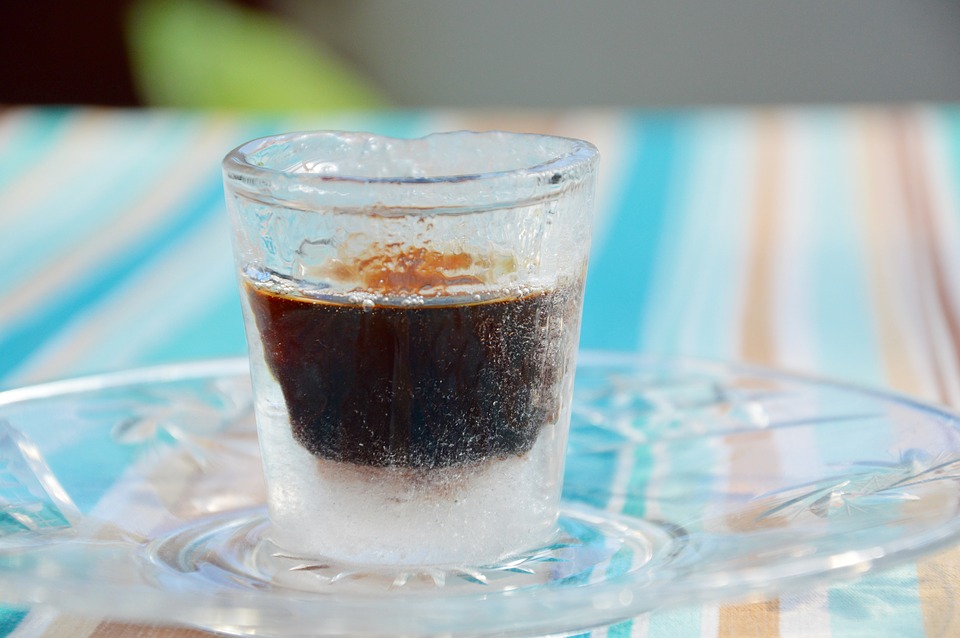If you’re interested in Indonesian coffees, you might come across the term, “giling basah.” From the Indonesian words literally meaning “wet grinding,” it’s known by Indonesian coffee processors as a method of removing the coffee hulls from arabica beans. Giling Basah is called wet-grinding and wet-hulling because it traditionally removes the hulls at 50% moisture rather than 11%, giving notable Sumatran coffees a darker color and richer taste.
The Basics
After harvesting a mature, green coffee bean, the Giling Basah wet-hull method allows the outer skin of the bean to be removed from the cherries inside using machines called “luwak.” During the course of 24 hours, the coffee fruits are left to partially dry, so they only retain roughly 30% of the moisture they used to have. The coffee is hulled while it’s half wet and half dry to reduce the coffee’s overall acidity and increase its body, also known as its heaviness and richness. Giling Basah gives the coffee beans a blueish tint. When the coffee is wet-hulled, the coffee beans are let out to dry before they shrink.
Wet-Processed v. Wet-Hulled
Though similar methods to producing coffee, they slightly differ. When coffee beans are wet-processed, the fruit covering the coffee beans is removed before the beans are dried.
When coffee is wet-hulled, the coffee fruits are pulped and fermented to break down the natural fruit layer called mucilage. Indonesian coffees, particularly Sumatran, often have notable sweet, spicy, and fruity tones to its taste, and is often described as having a syrupy texture.
Drinking our Indonesian coffee is a great way for you to kick off your work day. Try pairing our coffee with one of our meal options from our menu when you stop in, like our Sunrise Tacos or our Philly Sandwich.



